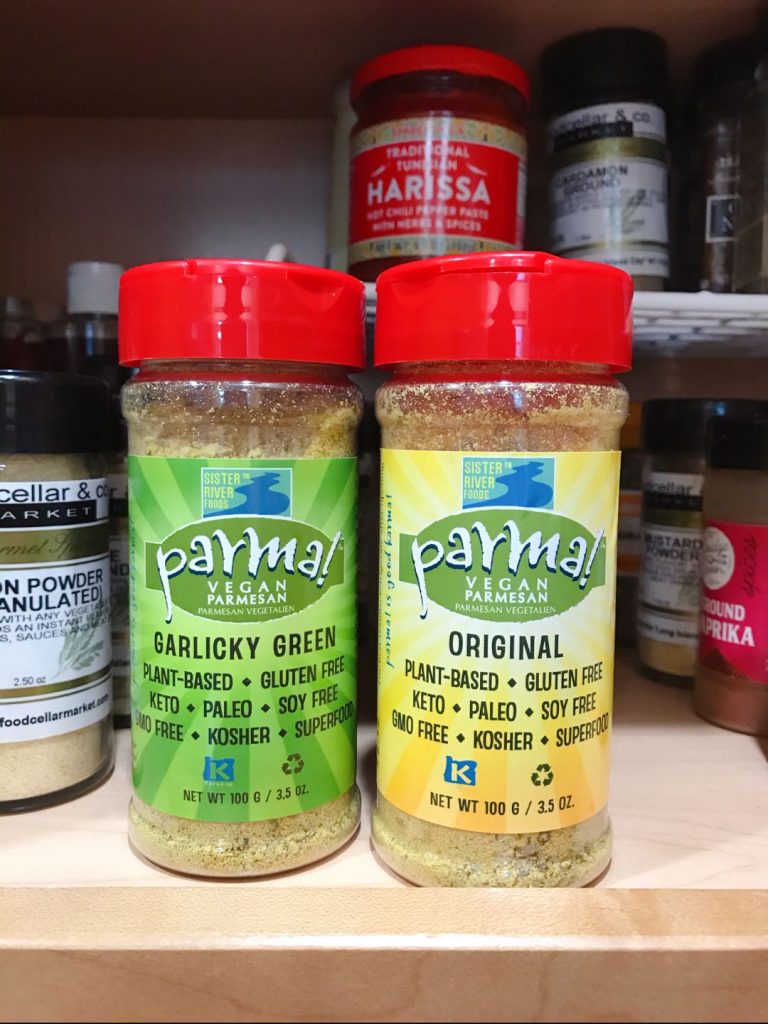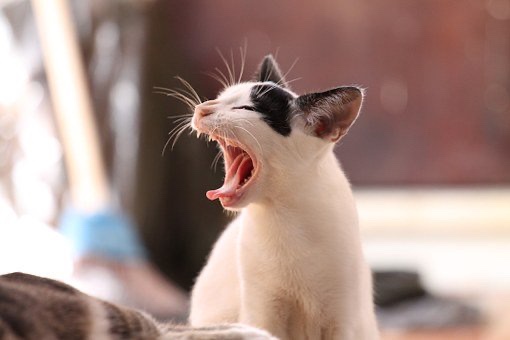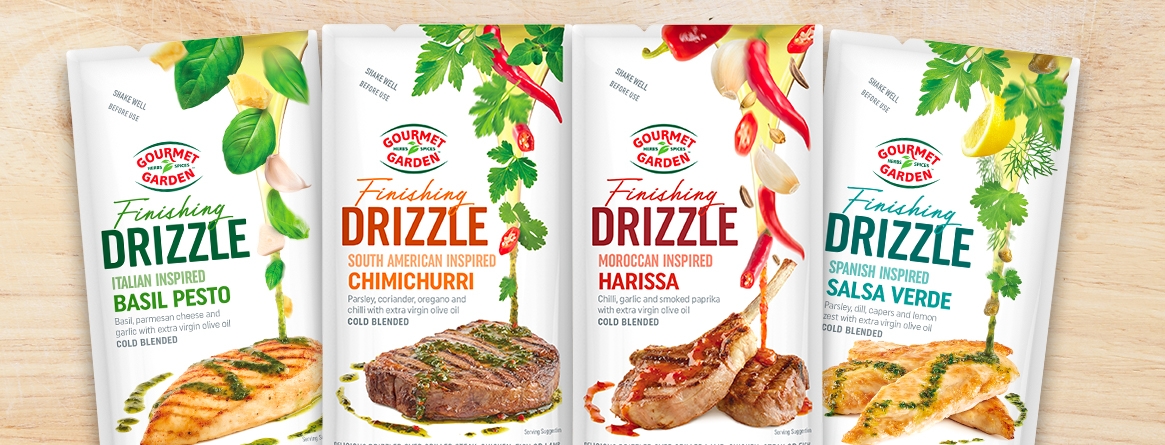-
Award-Winning Parma! Vegan Parmesan Offers Cheese Lovers A Delectably Nutritious Range of Dairy-Free, Protein-Rich Condiments Ideal For Main Dishes, Salads, Pizza & More!

Founded in 2004, Parma! has steadily grown to its current status as a leader in the dairy-free cheese alternative arena and a key player in the multi-billion-dollar global vegan food category.
Available in health stores nationwide as well as on the brand new www.eatparma.com site, Amazon, VitaCost and other online retailers, Parma! is ideal for environmentally conscious consumers, vegans, vegetarians, flexitarians and all health conscious eaters. Unlike some other vegan cheese alternatives, Parma! has also proven highly appealing to mainstream cheese aficionados who are ready to eschew traditional cheese so long as a healthier option boasting authentic flavor, aroma and texture is available.

Sold in 3.5 and 7-ounce bottles, Parma! can be savored on pasta, lightly steamed vegetables, pizza, salads, potatoes, avocado toast, popcorn and countless other hor d’oeuvres, main dishes and desserts.

-
Differences Between Indoor and Outdoor Cats

It’s no secret that among the most popular pets in the world, cats are some of the favorites. Apart from the type of breeds, cats can broadly be categorized as indoor or outdoor cats.
Indoor cats refer to the cats that spend most of their time in the house. As such, they are provided with quality food, medicine, and are always clean. On the other hand, outdoor cats are allowed to roam outside the house as they please. Due to this, outdoor cats are known to be more susceptible to different diseases and are prone to pests.
Apart from the nature of their confinement, other factors make these two categories of cats different. One is the physical element of the cats. Indoor cats tend to be less muscular than outdoor cats.
This shouldn’t be the case, though. You can help your indoor cat stay healthy and strong by feeding them with Natural Balance Premium Food for indoor cats. Natural balance cat food is low in proteins and contains wholesome ingredients such as oatmeal, brown rice, potatoes, and chicken, which provides all the necessary nutrients for your cat. The most important thing is to ensure that the food you provide promotes healthy weight for your indoor cat.
Since there are many differences between indoor and outdoor cats, pet parents should give much thought to these differences when deciding how to take care of their cats.
So what are the differences that you should be on the lookout for? What variations do vets deem important? Read along to find out.
What Makes Indoor and Outdoor Cats Different?
Although we’ve highlighted several differences between indoor and outdoor cats, there are still other significant differences to consider. While you may find them simple, it’s of paramount importance to note that these differences play an integral role in a cat’s overall health and longevity.
1. Lifespan
As mentioned above, indoor cats tend to have a longer lifespan than outdoor cats. This is basically due to all the obvious reasons.
For starters, outdoor cats are at a higher risk of contracting different diseases. Apart from that, cats left to wander freely are at a higher risk of injuries.
On the other hand, indoor cats spend more of their time indoors. As such, they are not only safe from injuries but are at a lesser risk of contracting any diseases. This makes them healthy and thus have an increased lifespan.
2. Diseases
One of the leading causes of death in pets is diseases. While these can easily be managed by taking your cat to a vet, the risk of exposure to infections is what makes the difference between indoor and outdoor cats.
Outdoor cats are at a higher risk of exposure to diseases than indoor cats. Some of the common cat diseases that an outdoor cat can be exposed to include feline AIDS (FIV), Feline Infectious Peritonitis (FIP), Feline Leukaemia (FeLV), Adeline Distemper/panleukopenia, among others.
3. Pests and Parasites
You wouldn’t want your feline friend to be infested with parasites and pests, would you? While all cat owners would want a clean feline companion, this is not the case always.
Although it’s quite hard to get rid of pests and parasites from a cat, the only way to keep your cat free of such infestation is by managing their whereabouts. As such, it’s much difficult to control pest and parasite infestation on an outdoor cat.
However, indoor cats are less susceptible to pest and parasite infestation since they can’t readily pick parasites such as ear mites, intestinal worms, ticks, among others.
If your cat ventures out regularly then it’s best to buy flea and tick products that provide continuous protection.
4. Physical Injuries
Generally, felines have little sense of speed and incoming motion. While they are capable of hunting, this is mostly on a minimal basis.
Due to this, outdoor cats are more prone to physical injuries than indoor cats. For instance, due to cats’ inability to avoid moving cars, outdoor cats tend to be hit more frequently, thus leading to physical injuries and death.
5. Toxic Ingestion
Regardless of whether you have an indoor or an outdoor cat, your feline friend is always at risk of ingesting toxic items. In the house, for example, your cat can easily ingest toxic hazards, while mistaking it for food.
Even so, it’s safe to assume that outdoor cats are more likely to ingest toxic substances. This is because there are more poisonous substances outdoors than in your house. So when you let your cat wander freely in the neighborhood, there are higher chances that it will ingest either oils or antifreeze items, which can either cause diseases or death.







